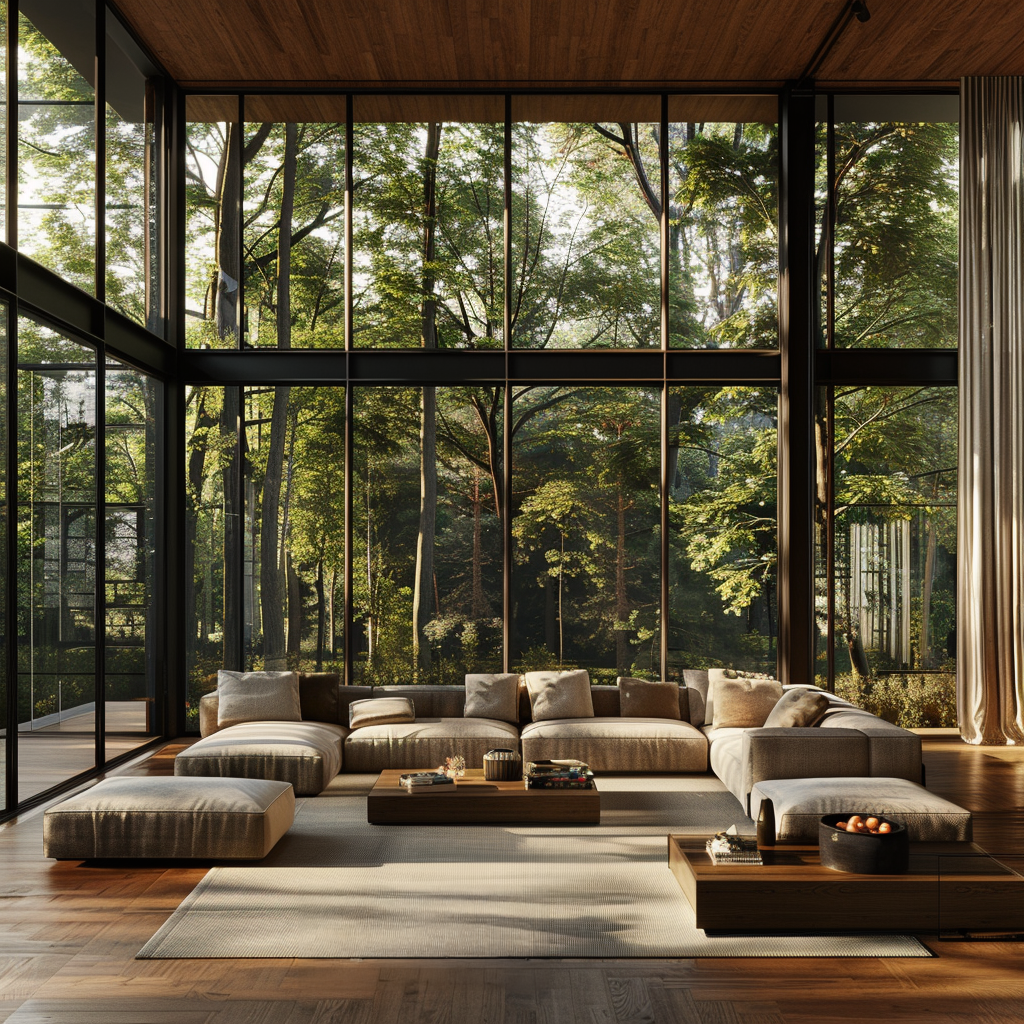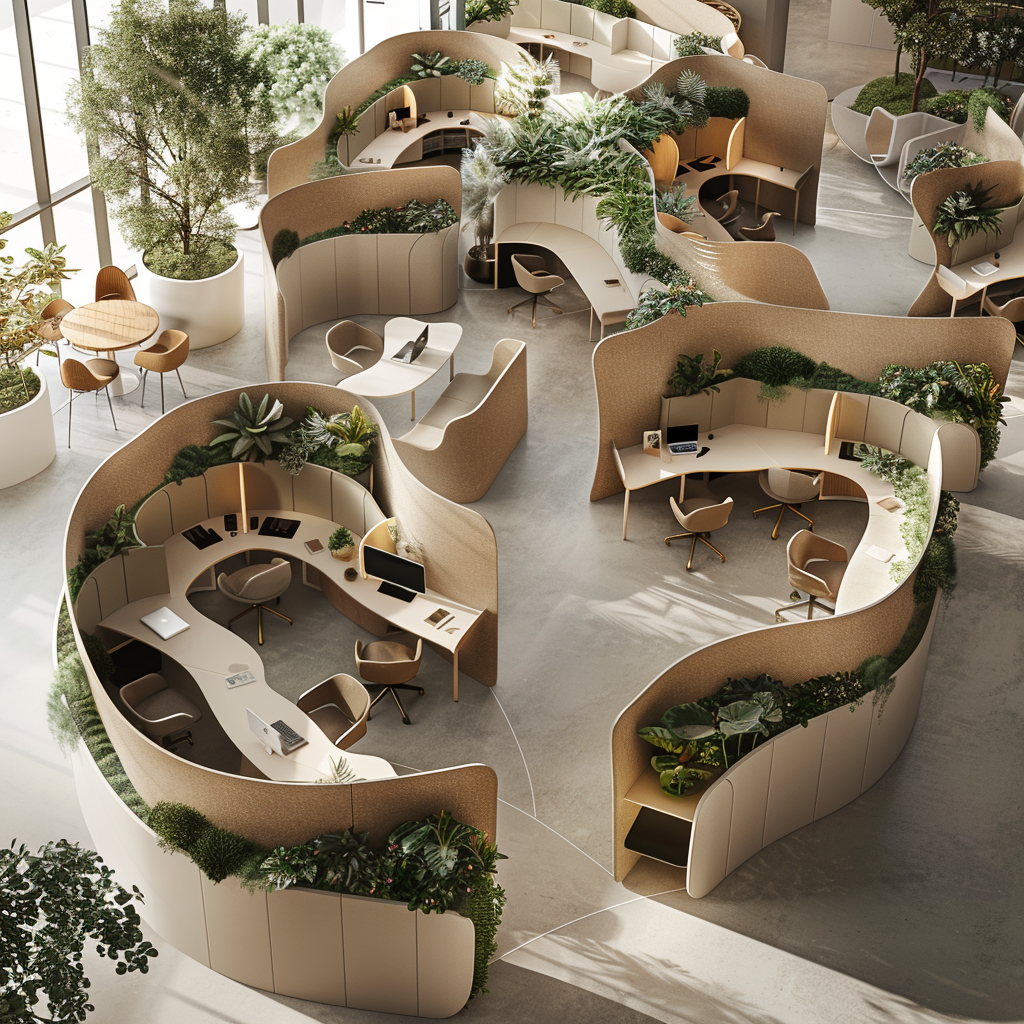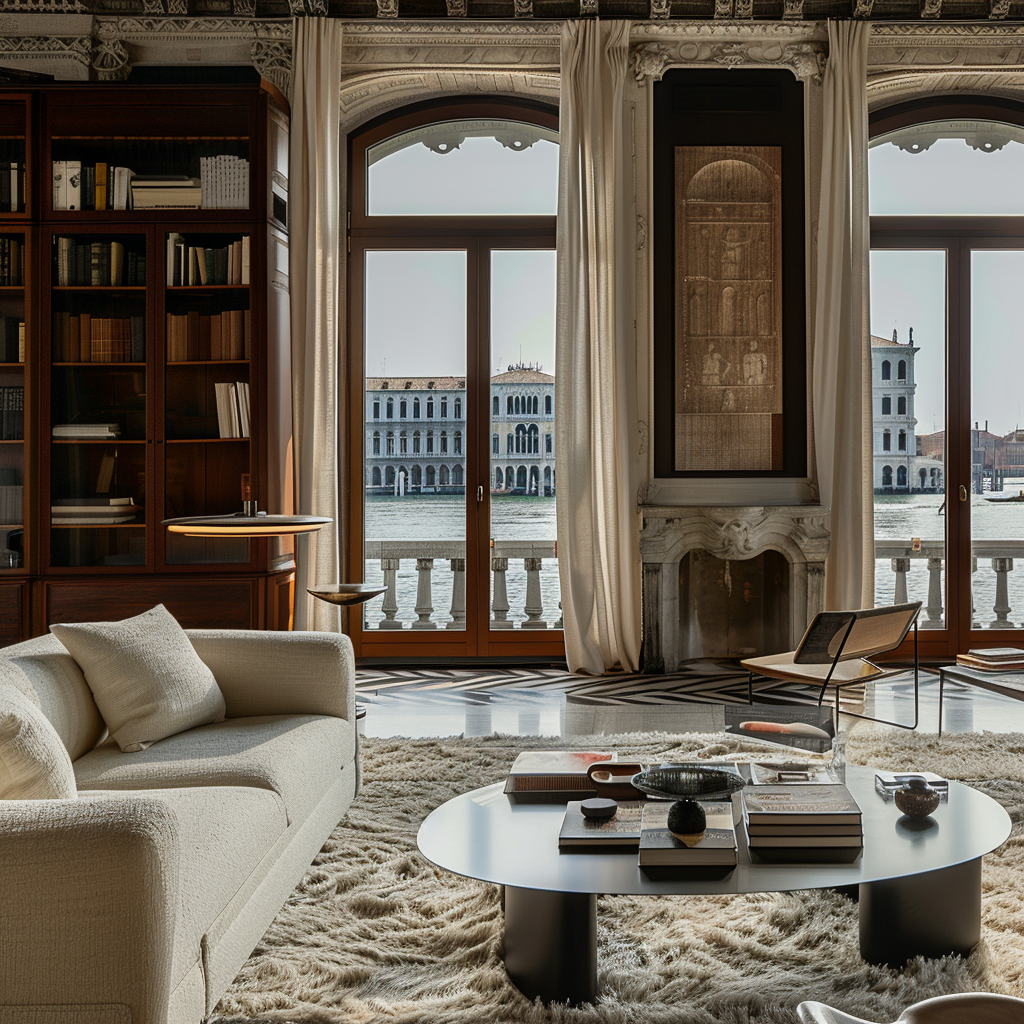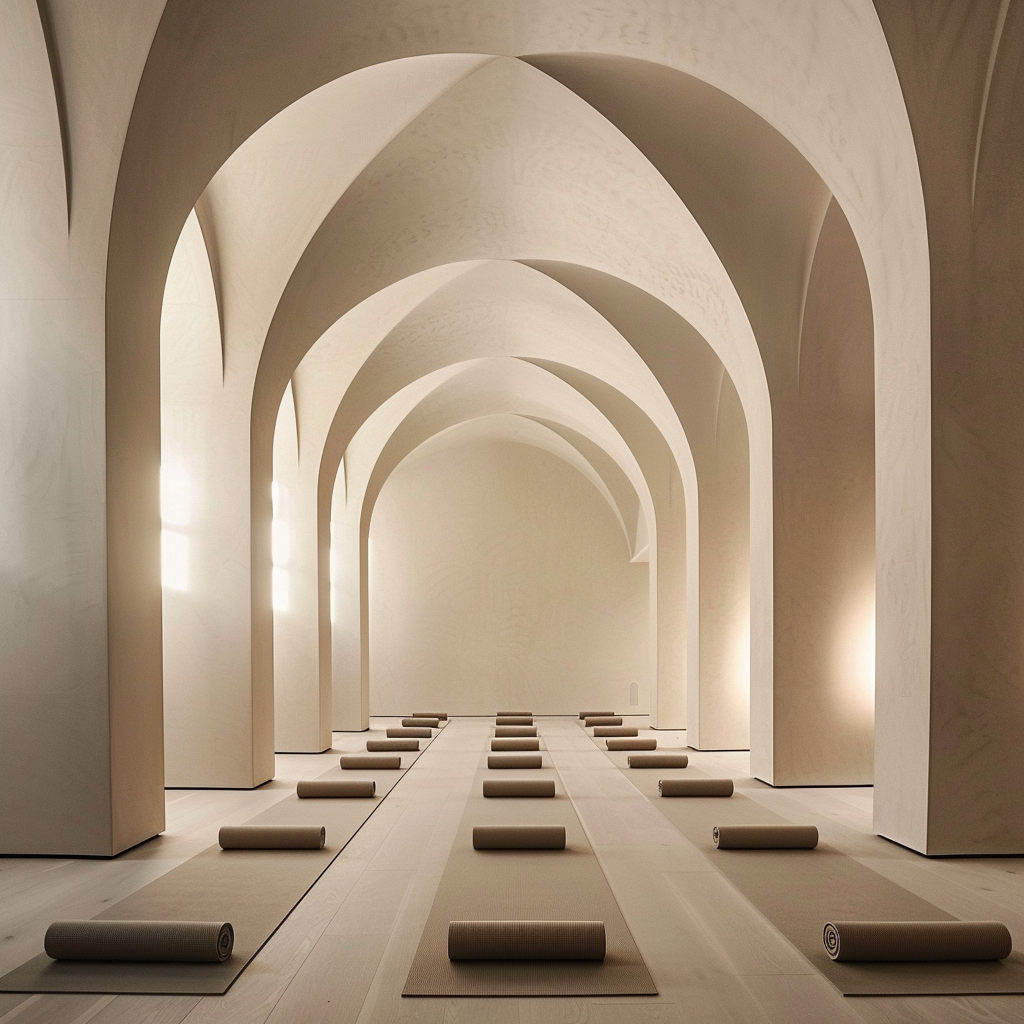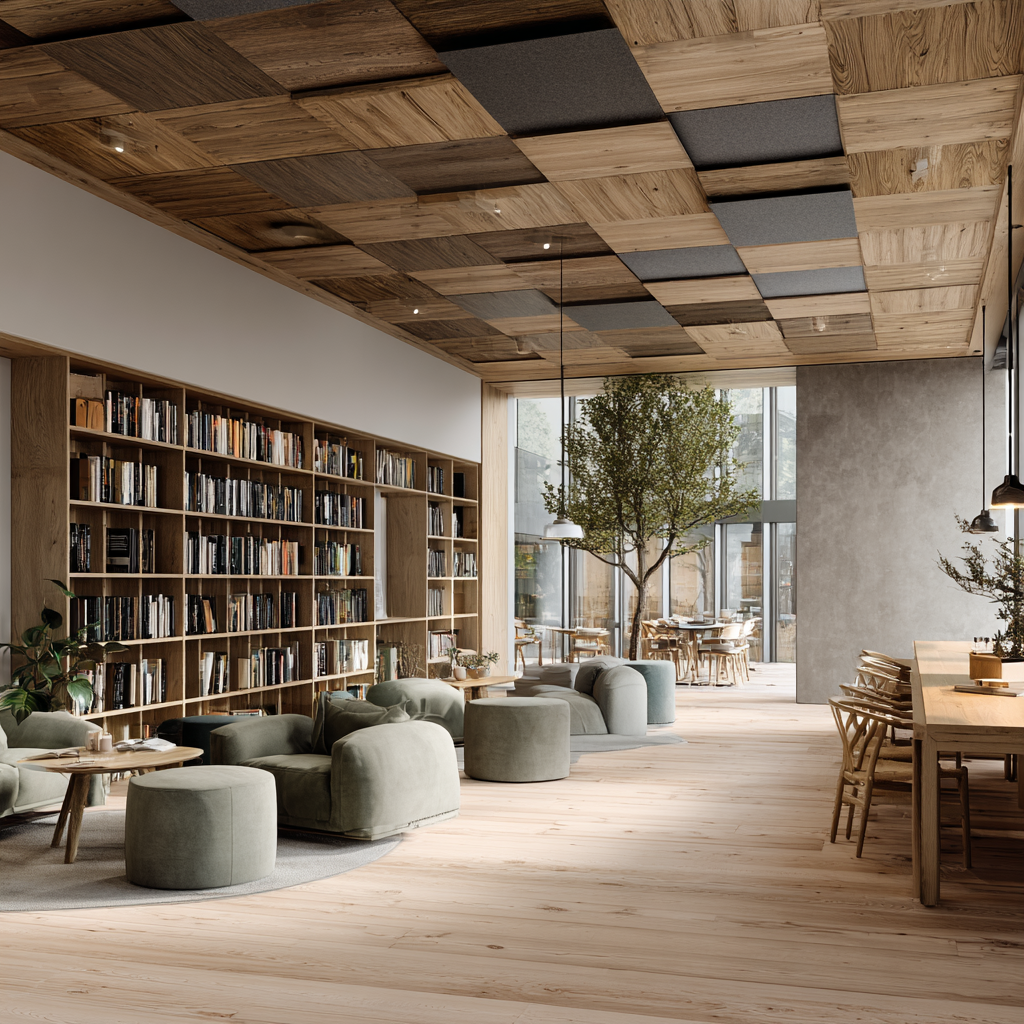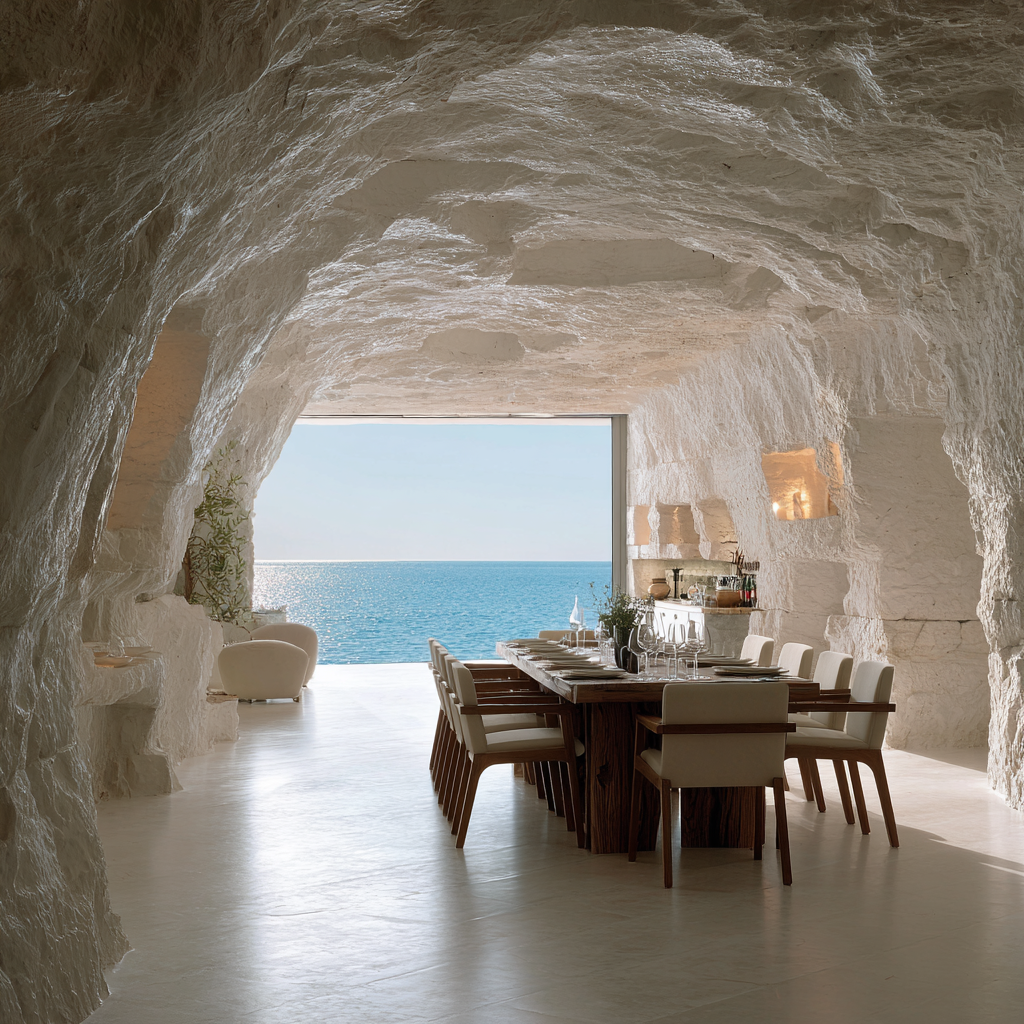— A psychological deep dive into the interiors that impact our well-being.
As a designer who’s just as obsessed with how a space feels as how it looks, I’ve always believed that phenomenal design goes far beyond aesthetics—it shapes how we think, feel, and live. The spaces we spend time in are not just visual—they’re psychological, emotional, and even physiological experiences.
Interior design has the power to influence our focus, creativity, stress levels, and sense of well-being in ways that are often subtle but incredibly impactful. Backed by current research and years of hands-on experience, I’ve curated 10 evidence-based insights into how interiors truly affect the human experience.
This isn't about trends—it’s about intention. Whether you're a fellow design professional, an enthusiast, or someone rethinking your space, this guide will help you see design not just as decoration but as a form of transformation. Let’s explore how thoughtful interiors can help us feel our best, function beautifully, and live more fully.
1. Ceiling Height and Cognitive Processing: The Cathedral Effect
Ceiling height has been shown to significantly influence cognitive styles and information processing. Research from the University of Minnesota coined the term "The Cathedral Effect", demonstrating that people in rooms with 10-foot ceilings tend to think more freely and abstractly, while those in 8-foot ceiling spaces focus more on details and specifics (Meyers-Levy & Zhu, 2007).
Recent research further supports these findings, showing that higher ceilings prime the concept of freedom, enhancing relational and creative thinking, while lower ceilings encourage focus and precision (Neurotectura, 2024). Interestingly, gymnasiums and other high-ceilinged environments have been linked to poorer exam performance, likely due to the difficulty of maintaining concentration in such expansive spaces.
2. Natural Light Exposure and Mental Health
Natural and artificial light deeply influence physiological functions by regulating melatonin and cortisol levels, directly impacting mood, alertness, and sleep-wake cycles. Blue light suppresses melatonin (keeping us alert), while red light increases it (supporting rest and relaxation).
Research demonstrates that exposure to natural daylight improves mental health, reduces depression, and enhances overall well-being (PMC, 2017). Controlled exposure to daylight also improves awakening quality and supports circadian alignment (ScienceDirect, 2025). Electrocardiogram (ECG) studies confirm that heart rates fluctuate under different lighting conditions, highlighting a direct physiological response to light environments.
3. Color Psychology in Spatial Design
Colors not only influence aesthetic perception but also affect our physiological and emotional responses. Research shows that hue, chroma, and lightness differences impact feelings of harmony, preference, and mood (PMC, 2011).
Warm colors (reds, oranges, yellows) often evoke excitement or agitation, while cooler tones promote calmness and relaxation. Studies on physiological responses to color reveal that red increases heart rate, blood pressure, and respiratory activity, which is why overuse of red can lead to agitation in spaces (Wiley Online Library, 2023).
4. Biophilic Design and Well-being
Biophilic design integrates nature into built environments, reducing stress, enhancing creativity, and improving cognitive performance. Interaction with greenery decreases stress levels, lowers blood pressure, and increases feelings of well-being (University of Minnesota, 2024).
But biophilic design goes beyond simply adding plants—it includes natural materials (wood, stone), organic forms, and biomimetic patterns, all of which have been shown to support psychological restoration, productivity, and creativity (ResearchGate, 2024).
5. Window Views and Recovery Rates
Access to natural window views dramatically impacts healing rates and workplace satisfaction. In healthcare settings, patients with views of nature recovered faster, required less pain medication, and had shorter hospital stays (Ulrich, 1984).
This benefit extends to workplaces and schools—employees and students with natural views report higher satisfaction, reduced stress, and improved attention restoration, as natural settings offer a form of soft fascination, allowing the mind to recover from fatigue (Clemson University, 2024).
6. Spatial Proportions and Comfort
Architectural proportions and ratios influence comfort and cognitive load. Humans show a preference for spaces incorporating the golden ratio (1:1.618), which evokes a sense of balance and harmony (MDPI, 2021).
Spaces with harmonious proportions activate reward centers in the brain, fostering comfort, while disproportionate or distorted spaces can provoke anxiety, discomfort, or feelings of vulnerability.
7. Ceiling Curvature and Emotional Response
Studies using neuroimaging techniques have revealed that curved architectural elements, including ceilings, stimulate the anterior cingulate cortex (ACC), a brain area associated with emotional processing (PNAS, 2013).
Curved spaces evoke calmness, creativity, and contemplation, perhaps reflecting an evolutionary preference for natural, cave-like enclosures. Measurable physiological effects include lower heart rate variability and skin conductance, confirming the calming impact of curved versus angular spaces.
8. Sound Architecture and Cognitive Function
Acoustic design profoundly affects cognitive performance and stress levels. Poor acoustics and excessive noise trigger the body's threat-response system, raising cortisol levels, impairing working memory, and reducing problem-solving abilities (PMC, 2019).
In classrooms and workplaces with optimized acoustics, studies report improved learning outcomes, behavior, productivity, and employee satisfaction, showing that sound is as crucial as visual elements in design.
9. Personal Space and Territory in Design
Research into proxemics, pioneered by Edward T. Hall, emphasizes that personal space preferences differ across cultures but universally affect stress and comfort levels (MIT Press Reader, 2023).
In design, clear territorial cues reduce conflict and increase feelings of control, especially in shared spaces like offices, lobbies, and communal areas. Recent studies in Japan even found correlations between perceived ceiling height and mental health, particularly among taller males, confirming that spatial dimensions interact with personal characteristics.
10. Materials, Texture, and Sensory Experience
Materials have both visual and tactile impacts on human psychology. Natural materials like wood and stone evoke positive physiological responses, lowering stress levels and promoting comfort (ResearchGate, 2023).
Research also shows that textures and materials influence thermal perception and comfort, where natural materials provide a more varied and pleasant sensory experience, enhancing the connection to the natural world, often referred to as material biophilia.
Designing for Human Potential
Emerging research confirms that architectural elements—light, color, proportion, acoustics, materiality, and spatial organization—directly influence our cognition, emotions, and physiology. By understanding and applying these evidence-backed principles, designers and architects can create environments that enhance human well-being, creativity, and performance, transforming the built world into a vehicle for psychological and physiological flourishing.





